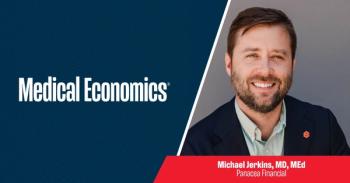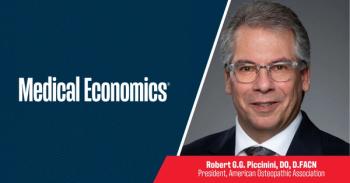
‘Underfunded and undervalued’ — primary care dwindles as chronic disease booms
Key Takeaways
- Chronic diseases are increasing while primary care funding and practitioner numbers decline, threatening community health.
- Fee-for-service models prioritize procedures over comprehensive care, undervaluing primary care and contributing to workforce shortages.
U.S. health care system gets failing grade for supporting primary care, say Milbank Memorial Fund and the Physicians Foundation.
Chronic diseases are surging as primary care spending drops to levels that pose “a grave threat to the well-being of communities nationwide,” according to a new study.
The Milbank Memorial Fund and The Physicians Foundation published the third
The score:
“With chronic diseases on the rise, primary care has never been more essential to the health of our nation,” Physicians Foundation board member Ripley Hollister, MD, said in a
“Yet, despite its pivotal role, primary care remains underfunded and undervalued — placing immense strain on our healthcare system and limiting patients' access to critical care,” Hollister said. “The latest Primary Care Scorecard makes one thing clear: We stand at a critical moment for primary care. To safeguard the future of health care, we must act now to strengthen and prioritize primary care, ensuring every patient receives the high-quality, accessible care they deserve.”
The Physicians Foundation is dedicated to reversing this trend by championing increased investment and systemic support for primary care. The added investment would help, said Milbank Memorial Fund President Christopher F. Koller.
“Health systems and payers are asking primary care physicians to take on more — manage multiple complex conditions, answer patient emails, handle insurance administration, and provide mental health and social needs screenings,” Koller said in the news release.
“Despite this heavy workload, primary care physician salaries are 20% lower than other physicians because of an outdated payment system that makes it hard to receive reimbursement for essential services,” Koller said. “If we want to draw more people to primary care, we need to invest now by changing how we pay for it.”
The Milbank Memorial Fund and The Physicians Foundation highlighted three key findings.
Fee-for-service health care
Fee-for-service reimbursement models value procedures over comprehensive care, which undervalues the primary care workforce.
In 2022, primary care accounted for less than 5% of total U.S. health care spending, with Medicare spending at 3.4% and Medicaid spending at 4.3%. At the office level, the 2022 average reimbursement for a primary care visit was $259, compared with $1,092 for a gastroenterology visit.
Workforce woes
In 2022, health insurance levels hovered at historic highs, yet more than 30% of American adults lacked a usual source of care. That was the highest level in 10 years, caused at least partly by a shrinking number of primary care clinicians.
Total primary care physicians, nurse practitioners (NPs) and physician associates (PAs) dipped from 105.7 per 100,000 people in 2021 to 103.8 in 2022. The percentage of primary care NPs dropped to 30% and PAs were at 24.3% in 2022, down from 34% and 29.7%, respectively, the year before.
Lack of training
In 2022, 24.4% of new physicians entered primary care, the lowest rate in a decade, and that rate drops to 19.8% when those practicing in hospitals are excluded. Hospital-based graduate medical education receives more funding than community-based programs, which leads to fewer new primary care physician entering the workforce. The rate of new primary care residents is flat at 17 per 100,000 people, although other specialties have residency slots.
Measuring progress
The Primary Care Scorecard was developed as a national measure, based on the recommendation of the National Academies of Sciences, Engineering, and Medicine 2021 report, “Implementing High-Quality Primary Care Rebuilding the Foundation of Health Care.” It logs the Academies’ policy suggestions for federal and state governments, health care organizations, and payers.
Newsletter
Stay informed and empowered with Medical Economics enewsletter, delivering expert insights, financial strategies, practice management tips and technology trends — tailored for today’s physicians.








